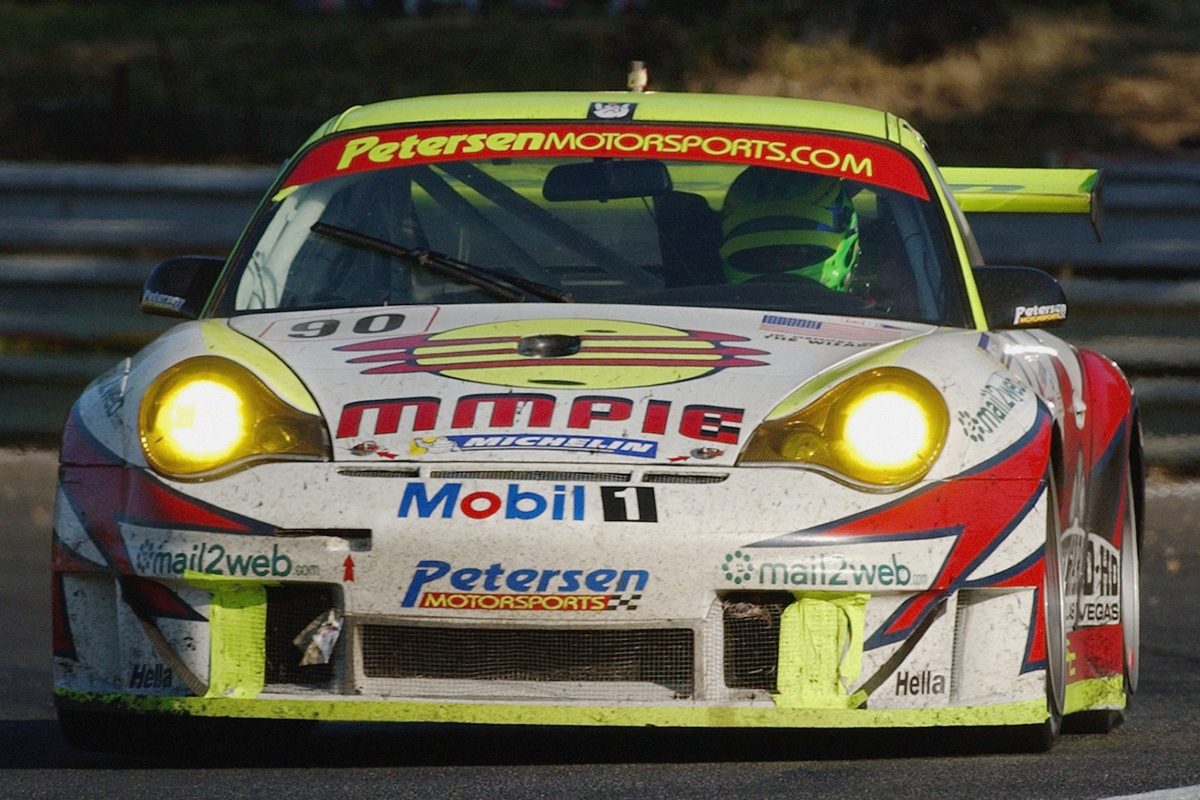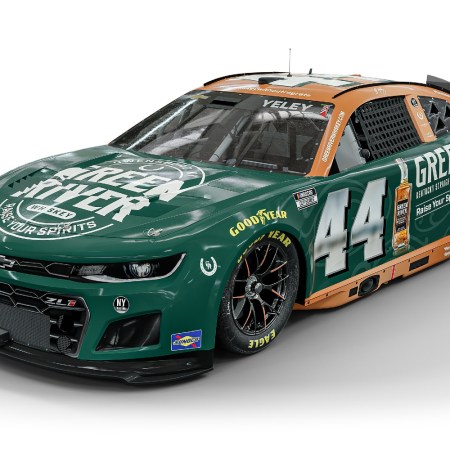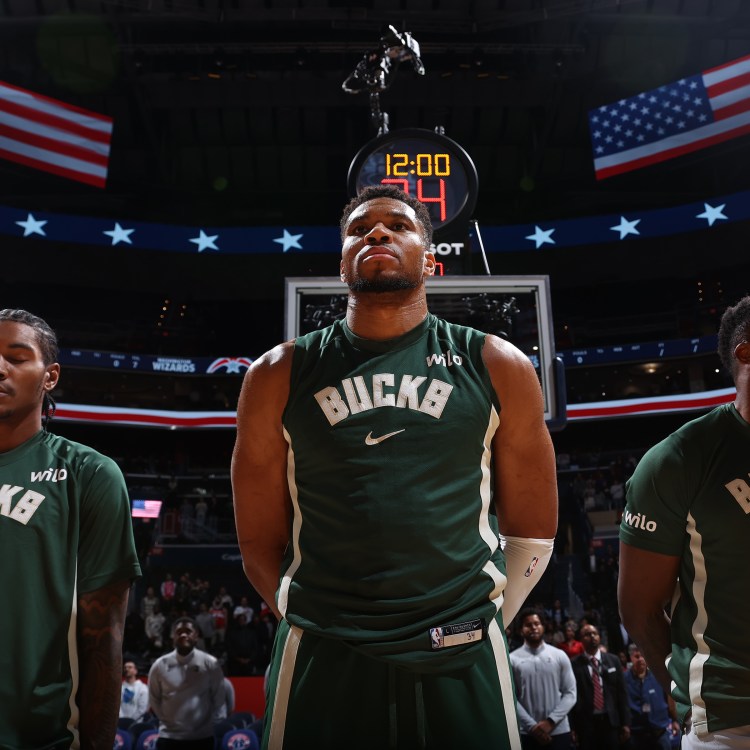The lone American on Porsche’s roster of factory drivers from 2003 to 2021, Patrick Long has wins at the Rolex 24 at Daytona, 12 Hours of Sebring, Petit Le Mans and the 12 Hours of Bathurst on his racing résumé. A two-time Pirelli World Challenge champion who has also competed in NASCAR, the Baja 1000 and Vintage racing, Long has also been behind the wheel for Porsche 15 times at the 24 Hours of Le Mans and claimed victory twice (2004, 2007) in the legendary race.
The world’s oldest active endurance racing event, Le Mans was first won in 1923 by Frenchmen André Lagache and René Léonard, who drove a Chenard-Walcker Type U3 15CV Sport around the Circuit de la Sarthe 128 times for a total distance of 2,209 kilometers. Although Porsche didn’t claim victory in ’23, the German automaker has 19 overall wins and has continuously participated in the legendary race from 1951 to 2022, a record-breaking streak. Long was part of that streak, although he won’t be helping Porsche extend it at Le Mans this weekend having retired in 2021. However, Long will be in France to watch the race as an ambassador for Porsche Cars North America.
Before Long, who appears in Mobil 1‘s new documentary Racing with Giants: Porsche at Le Mans alongside all-time drivers including Derek Bell (five-time Le Mans winner) and Jacky Ickx (six-time Le Mans winner), departed overseas, we caught up with him to find out what it was like to be behind the wheel of a Porsche 911 GT3-RS during the second leg of the Triple Crown of Motorsports.
What Making Brisket and NASCAR Have in Common, According to Dale Earnhardt Jr.
Now retired from racing, Earnhardt refers to himself as an aspiring BBQ pitmasterInsideHook: How did you first get introduced to Le Mans?
Patrick Long: I actually lived in the town of Le Mans as a teenager in 1999 as sort of a hybrid process of college and racing and attended the race for the first time that year. The first time I competed was just years later. I was completely hooked by the race. I had followed sports car racing as a kid, mainly domestically, but once I saw the race and the number of people and diversity of race cars I started to dream of one day competing in Le Mans. I never imagined that years later I’d be walking up to the top step of the podium at the end of the race.
IH: What was the first thing about Le Mans that really stood out to you?
PL: The speed sheer speed and the length of the Mulsanne straight were daunting. The average speed you travel at Le Mans is so much higher than anything I had experienced racing in probably 16 different countries all around the world. There’s also the danger factor. It’s just 10 to 15 feet of grass and then a barrier. Beyond that metal barrier are houses and massive trees. That first year in 1999, I saw the Mercedes car take off in the middle of the back straightaway and land in the forest. It was pretty scary. I mean, it was a plane crash. The first thing you think is, “That guy probably didn’t survive that.” The clear and present danger of Le Mans still exists and that’s one of the reasons the race is unique and so special.
IH: Was the danger of racing at Le Mans on your mind when you were behind the wheel?
PL: There’s a special mindset with athletes in really understanding and choosing what to focus on. You learn very early how to direct your thinking. You still have to process risk, but not so you’re discombobulated by it. You realize Le Mans is a fast racetrack, but until you’re at the absolute limit of the car and two more cars are on either side of you, you don’t realize how daunting of a place it can be. The other part is the changing weather and racing into the dark. When the sun drops out of the sky, you almost have to relearn the entirety of the track because it’s so dark. Imagine driving through a back road in a canyon with no streetlights and not knowing the road. That’s what it’s like because there’s just not a lot of visibility and you don’t know what’s coming. It’s a surreal experience because it forces you to rely on so many more senses than your vision because your eyes are so compromised.
IH: That doesn’t sound like much fun at all. Is it?
PL: It is mentally, physically and emotionally exhausting. You’re fatigued. I also have other memories of not being able to sit down after the race because my ass was so sore from sitting on wood for 12 hours and chafing. I don’t want to get too graphic, but it really, really tests the driver. I did 15 of them in a row, so in some ways, I learned how to pace myself, how to prepare better and what to expect. In other ways, it didn’t get easier. A marathon is still hard no matter how many times you’ve done one. For me, Le Mans was not even a little bit fun. My job was always to be millimeter perfect so there was nothing fun about those days. People I knew lost their lives in that race while I was there driving. That’s when stuff gets super real and becomes more than sport. Le Mans is not a backyard barbecue.
IH: If it isn’t fun, where does the enjoyment of competing at Le Mans come from?
PL: It comes from success. It comes from hitting your goals, setting fast lap times and getting out of the car. If you get out of the car after you just absolutely nailed a stint and drove from eighth place to first, you’re floating on ego and adrenaline and could punch through a brick wall. That’s the type of high that racing captures. Wealthy, successful amateurs can still partake at Le Mans because it is one of the places where you can show up with sub amounts of talent and take part in mixed doubles at Wimbledon if you spend enough time qualifying. That’s the undescribable drug that racing and extreme sports can be.
IH: Was driving at Le Mans the highlight of your racing career?
PL: Every driver in sports car racing wants their chance to do Le Mans. It’s that one event you want on your CV. Not necessarily winning, but just experiencing it because it’s unique. I dreamed about what it would be like to compete there one time. Little did I know I would go to 15 in a row, which is a record for any American at Le Mans. I’m just proud to have been given the opportunity. I still love driving and racing, but I don’t want to do it at the absolute pinnacle. I look forward to going this year for the 100th and kind of smelling the roses for the first time since 2002 or 2003 as a spectator.
The Charge will help you move better, think clearer and stay in the game longer. Subscribe to our wellness newsletter today.


























